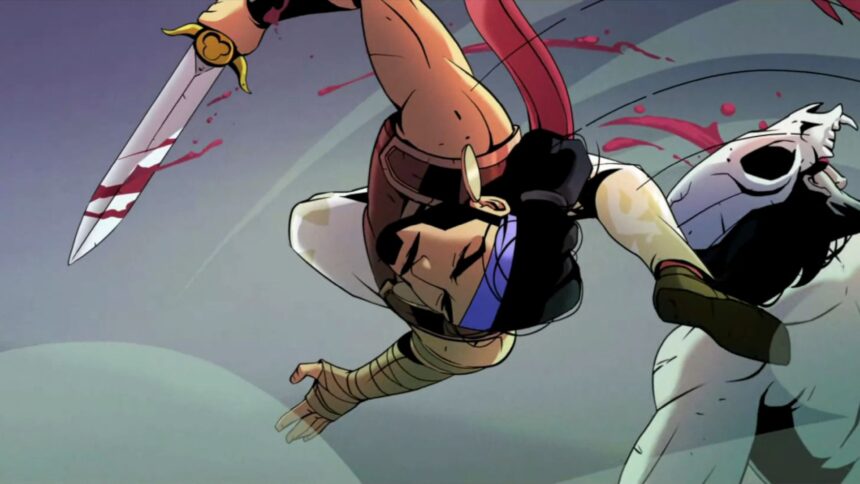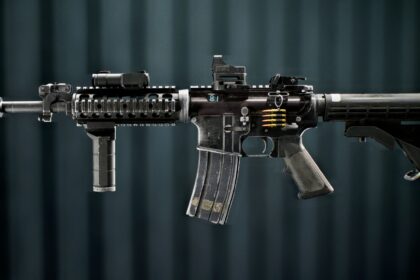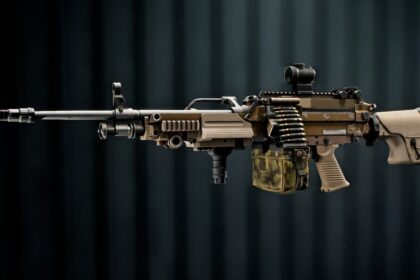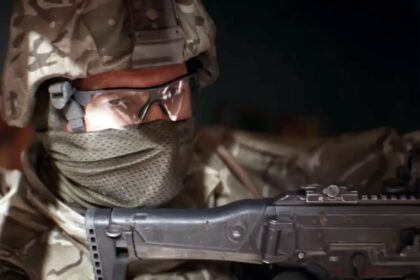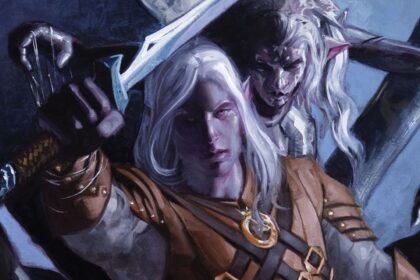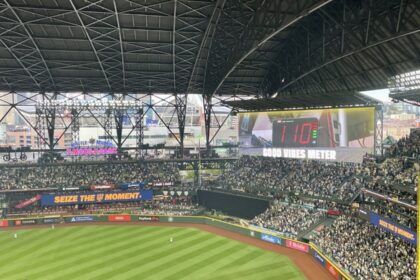Need to know
What is it? A roguelite mash-up of Dead Cells and Hades.
Expect to pay: $30/£25
Developer: Evil Empire
Publisher: Ubisoft
Reviewed on: Windows 11, Intel Core i9, 32GB RAM, Nvidia RTX 4060
Multiplayer? No
Link: Official site
I know we just had a 2D Prince of Persia platformer last year and it’s all very confusing to have another already, but given that Sands of Time, Warrior Within, and The Two Thrones all came out in a period of just three years back in the early 2000s, I’m sure we’ll manage. Besides, the recent pair are actually quite different if you look past the sidescrolling.
The previous one, Prince of Persia: The Lost Crown, was a metroidvania, which means you spent half the game waiting to unlock the abilities that were actually fun. Meanwhile, The Rogue Prince of Persia is a roguelite, which means you get access to basics like dashing and special attacks early on—but then you die a bunch of times to the first boss because you need to unlock a weapon you gel with better than the basic sword.
A magical pendant has given this incarnation of the Prince the ability to return from death, waking each time he kicks the bucket back at the start of the day like a Middle-Eastern Bill Murray. Which is helpful when an army of Huns arrives at the city gates and the Prince immediately falls in battle against their leader like an absolute chump.
The problem with permadeath games is how tempting it is to put them down when you die and just do something less punishing with your time. Rogue Prince borrows the solution to this problem from Hades, along with quite a bit else. Given that developer Evil Empire previously handled the updates for Dead Cells it’s no surprise how much of Dead Cells there is in their new game, but wow there’s a lot of Hades as well.
Where Hades had a throne room, Rogue Prince has an oasis where you wake after each death and chat to a growing collection of friends and family you rescue from the Huns one by one. Most of them have something to offer mechanically, whether it’s a bounty list of enemies to kill in challenging ways, weapons to unlock, or outfits to craft, but the text-box conversations don’t quite manage the charm of Hades.
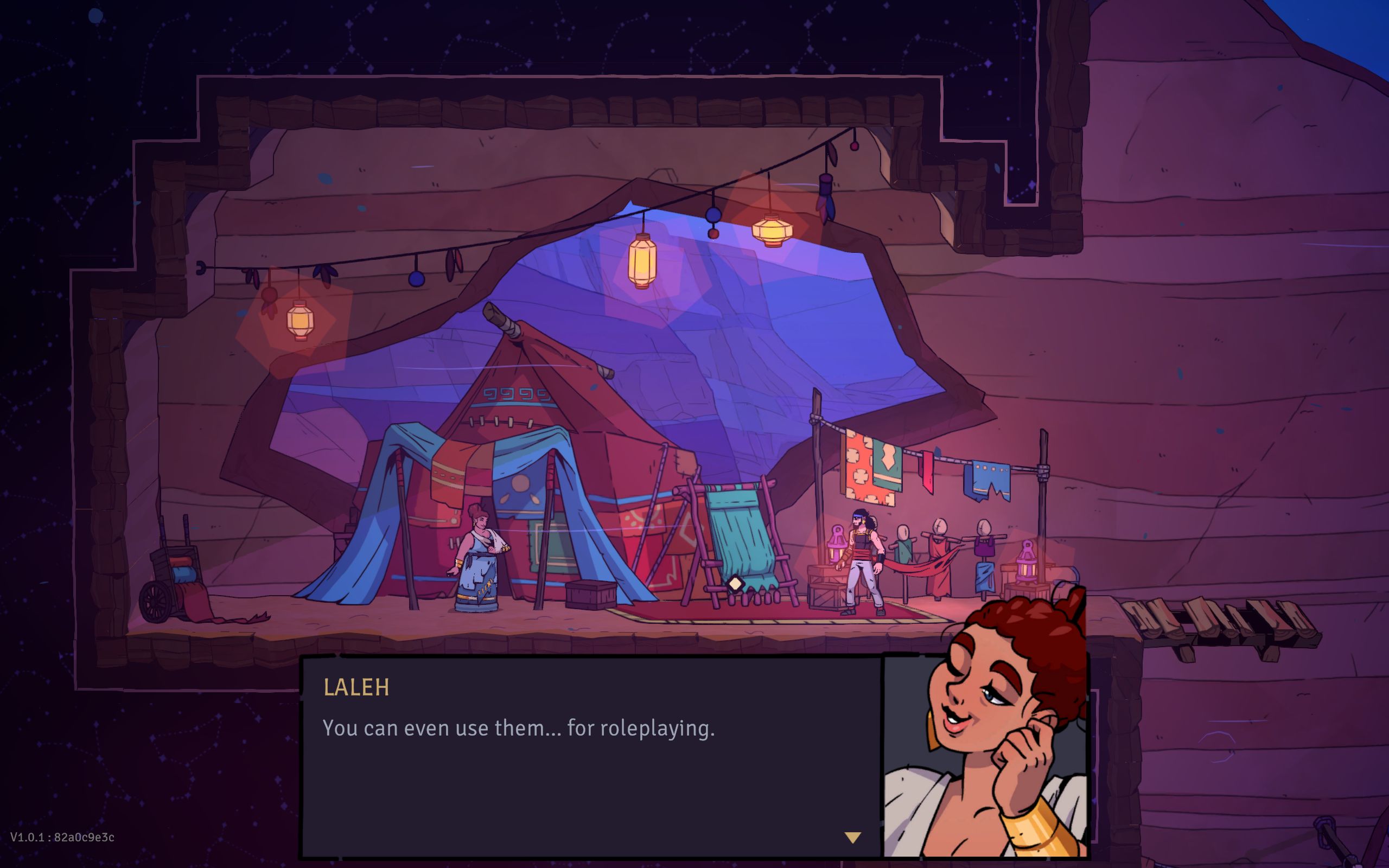
That’s the main area where Rogue Prince falls short of its inspiration, with dialogue repeating fairly often and sometimes feeling redundant even when it doesn’t. Where I never got tired of hanging out with Zagreus and his crew, the nameless Prince assembles a more generic cast around himself.
In other areas though, Rogue Prince comes shockingly close to equaling its inspiration. The action’s intense, with a dash that becomes a vault when used next to enemies, an acrobatic flip that puts you behind them and ideally placed for a stab or a kick. (The kick can propel enemies into each other for a stun or off ledges and into spikes for instant death, giving it a bit of that Dark Messiah juice.) The brief airtime of that vault is the perfect time to charge a special attack, different for each weapon, that might launch enemies like the kick or set them on fire.
The movement is just as thrilling, with a wallrun that can be chained into jumps, dashes, and climbs to mean you’re unlikely to run out of options to reach that one ledge even though it initially seems out of reach. Sometimes an offscreen sorcerer will reach out a smoky tentacle to grab a screaming child or goat then drag them away, initiating a chase through the level that’s better motivation to rush than the time-limited reward gates in Dead Cells. There wasn’t a single time I saw that tentacle and didn’t immediately race off on an ill-advised parkour chase involving multiple leaps of faith over spinning blades, having an absolute blast every time.
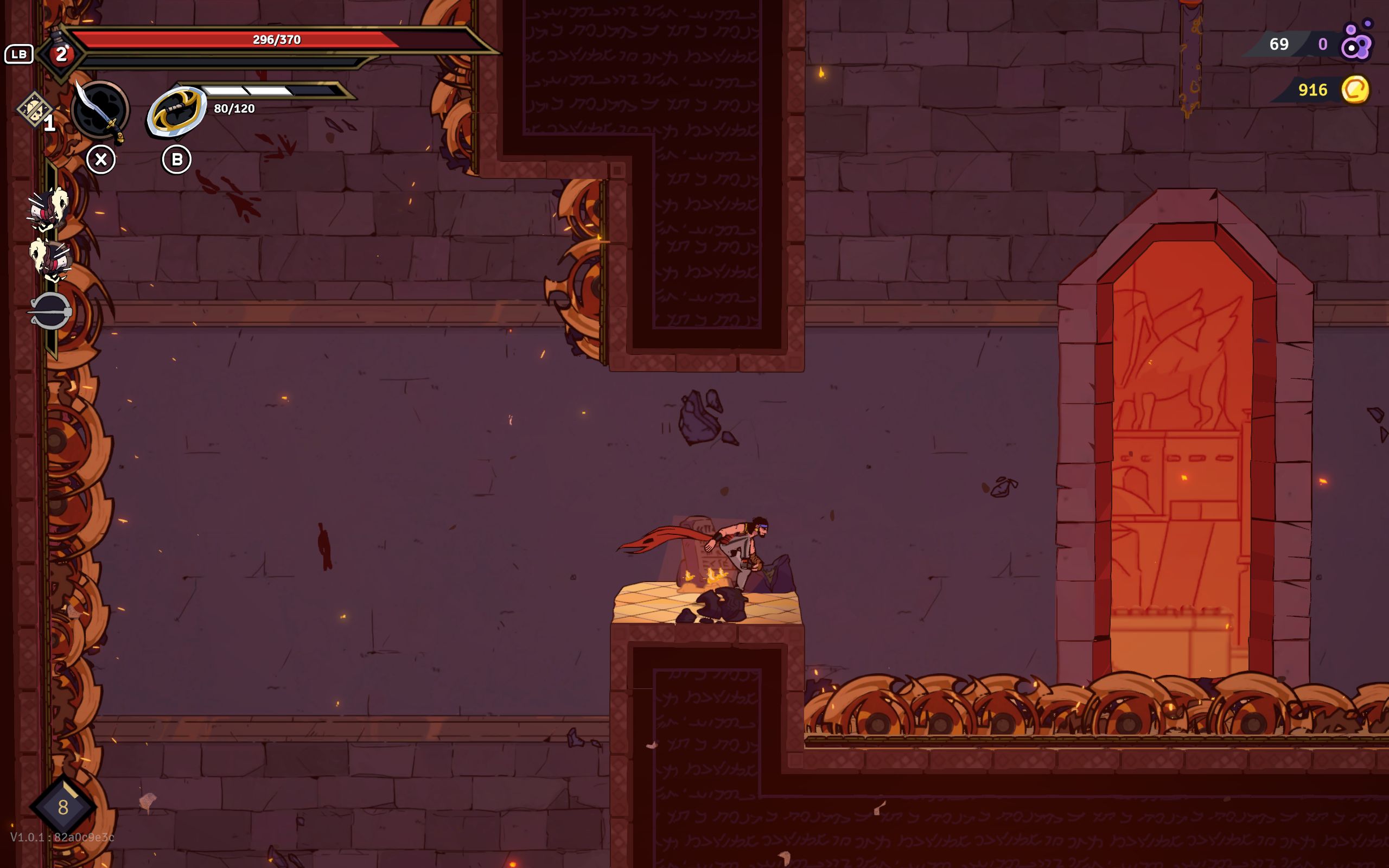
Even the music’s a close equal to Hades. It’s Persian trap: a mix of Middle-Eastern folk instruments like setar and daf with modern electronic dance from producer Danny Asadi, propulsive beats that provide the perfect motivation to make you naturally want to accelerate to keep time with it. It’s so effective I’m adding it to my playlist for running in real life.
The artist formerly known as Prince
The roguelite formula is at its best when each run is meaningfully distinct. Rogue Prince doesn’t always manage that, with the medallions that provide situational buffs and mechanical shifts sometimes underwhelming. You’ll pick up a medallion that turns resin to poison without having access to the weapon that spreads resin on a charged attack, or find a medallion that gives a percentage boost to ranged weapon damage on a run where the only one you’ve got is a bit of a dud, or when you need that slot to carry a plot item to solve a puzzle.
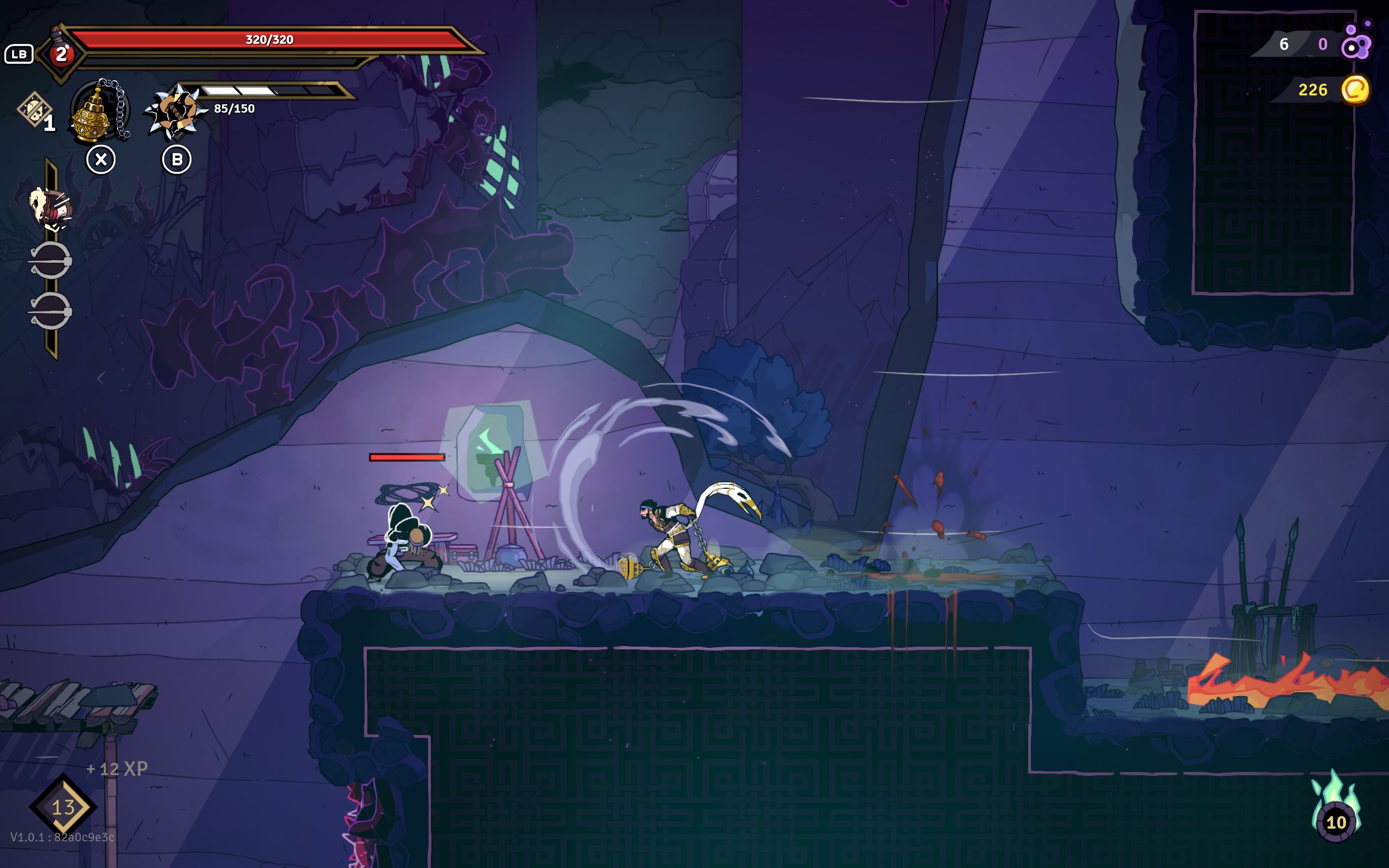
It’s not that I never assembled a build around, say, a medallion that gives buffs for unspent money or shoots out fire daggers when I do a charged attack, but the runs where the medallions, weapons, and tools on offer combined in interesting ways were few. The core of Rogue Prince remains solid enough to offset that particular annoyance, though.
For all the ways the series has changed, the thing that remains constant is the importance of flow. In 1989 it was the mocapped animations of Jordan Mechner’s brother that inspired you to propel the Prince across a gap to clamber under a gate the moment before it closed. Here, it’s a generous wealth of fluid movement options that bleed into combat moves, letting you leap over spikes, wallrun to a pole, leap off it and ground-pound a Hun assassin beneath without ever slowing down.
Read the full article here



